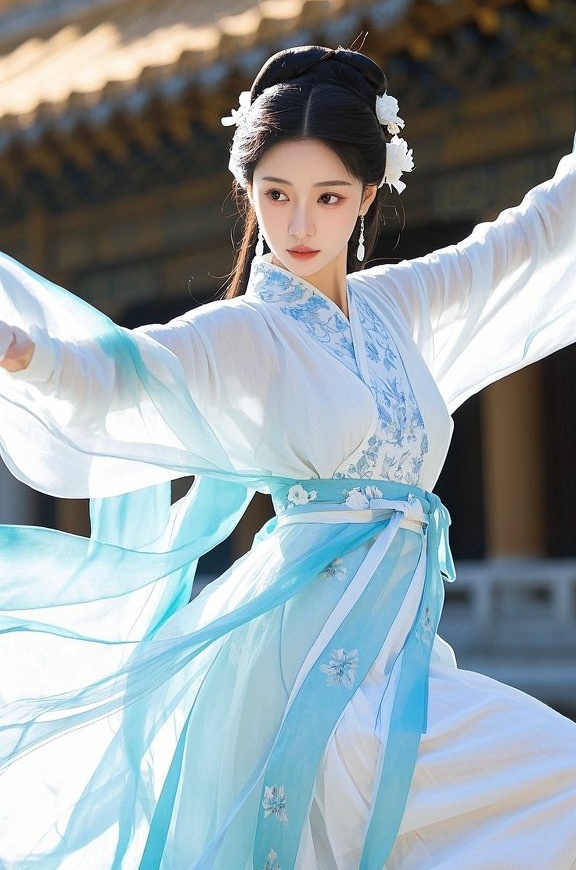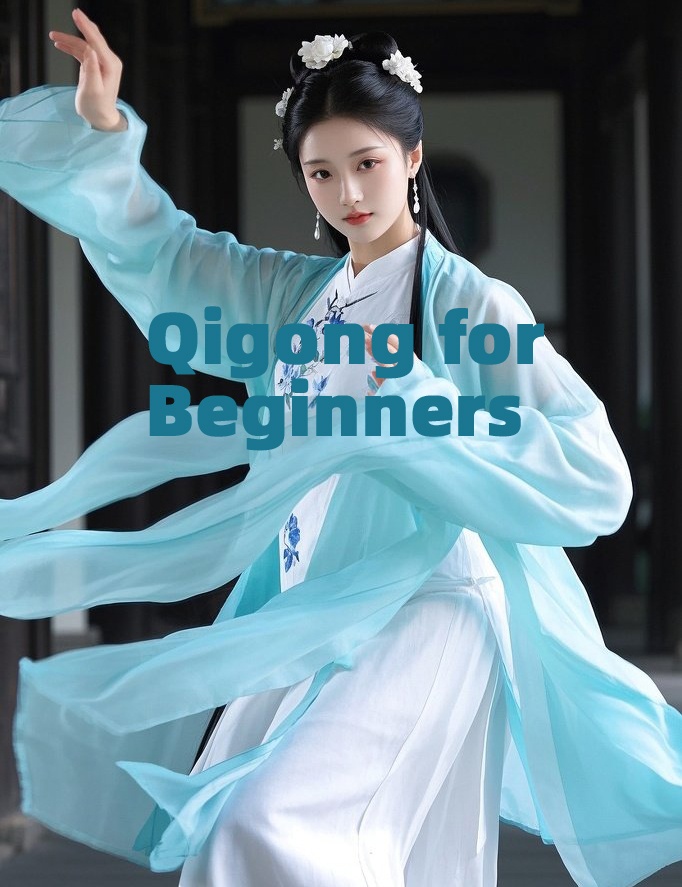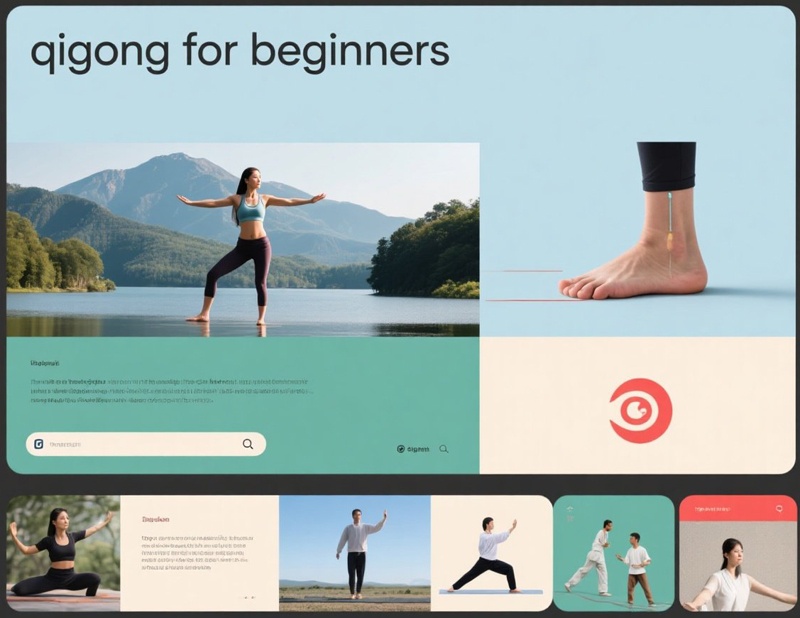Master Taiyi Youlong Gong Lesson 19: Long Qian Haixia.Balance your Yin-Yang energy,improve flexibility, and preventmuscle atrophy with this essentialQigong practice.Perfect for daily wellness!
Master Taiyi Youlong Gong Lesson 19: Long Qian Haixia.Balance your Yin-Yang energy,improve flexibility, and preventmuscle atrophy with this essentialQigong practice.Perfect for daily wellness!
Taiyi Youlong Gong Lesson 19: Long Qian Haixia for Balanced Yin-Yang Energy
In the ancient practice of Taiyi Youlong Gong (太乙游龙功), Lesson 19, known as Long Qian Haixia (龙潜海底), is a dynamic Qigong exercise that mimics the graceful movements of a dragon潜伏 underwater. This lesson is designed to balance the Yin and Yang energies within the body, enhance flexibility, and prevent muscle atrophy, especially in the elderly. It is a perfect practice for integrating mindfulness and physical wellness into your daily routine.

Long Qian Haixia consists of five sequential movements that involve the body shifting left and right, rising and falling, while the arms open, close, bend, and extend. These movements are rooted in the principles of Yin-Yang balance and are intended to stretch the tendons, ligaments, and meridians, promoting overall physical and mental harmony.
First Movement: Left Leg Push, Body Turns Right
Begin in a neutral standing position with your feet shoulder-width apart.
Push off your left leg and shift your weight to your right leg, transitioning into a right bow stance (right knee bent, left leg straight).
As you move, bring your right elbow to your side and raise your right palm upward. Simultaneously, lower your left arm and flip your palm to插向右臂下方 (insert below the right arm).
Your left and right arms should cross in front of your chest, with the right arm on top and the left arm below, demonstrating the principle of mutual support (双撞).
Second Movement: Right Leg Crouches, Body Leans Back
From the right bow stance, crouch on your right leg and lean your body backward slightly.
Extend your arms to the sides, parallel to the ground, with your right palm facing downward and your left palm facing upward.
Third Movement: Left Leg Push, Body Tilts Right
Push off your left leg and shift your weight to your right leg, transitioning into a right bow stance.
Raise your left hand from your left ear to the side of your body, extending it downward like a fork.
Simultaneously, raise your right hand from your right waist to the side of your body, extending it upward like a fork.
Your arms should form a diagonal line, with the right palm facing outward and the left palm facing upward, demonstrating the principle of right palm dominance (右掌).
Fourth Movement: Right Leg Push, Body Shifts Left
Push off your right leg and shift your weight to your left leg, transitioning into a left bow stance (left knee bent, right leg straight).
Extend your arms forward, parallel to the ground, with both palms facing upward, demonstrating the principle of left palm dominance (左掌).
Fifth Movement: Left Leg Stretches, Body Squats
Stretch your left leg forward and crouch on your right leg, bringing your buttocks down toward your right heel.
Turn your upper body slightly to the left and extend your arms to the sides, parallel to the ground, with your right palm facing right and your left palm facing upward.
1. Starting Position:
Stand in a neutral position with your feet shoulder-width apart. Keep your spine straight, shoulders relaxed, and gaze forward.
2. First Movement: Left Leg Push, Body Turns Right
Push off your left leg and shift your weight to your right leg, transitioning into a right bow stance.
Bring your right elbow to your side and raise your right palm upward. Lower your left arm and flip your palm to插向右臂下方 (insert below the right arm).
Cross your arms in front of your chest, with the right arm on top and the left arm below.
3. Second Movement: Right Leg Crouches, Body Leans Back
Crouch on your right leg and lean your body slightly backward.
Extend your arms to the sides, parallel to the ground, with your right palm facing downward and your left palm facing upward.
4. Third Movement: Left Leg Push, Body Tilts Right
Push off your left leg and shift your weight to your right leg, transitioning into a right bow stance.
Raise your left hand from your left ear to the side of your body, extending it downward like a fork.
Simultaneously, raise your right hand from your right waist to the side of your body, extending it upward like a fork.
5. Fourth Movement: Right Leg Push, Body Shifts Left
Push off your right leg and shift your weight to your left leg, transitioning into a left bow stance.
Extend your arms forward, parallel to the ground, with both palms facing upward.
6. Fifth Movement: Left Leg Stretches, Body Squats
Stretch your left leg forward and crouch on your right leg, bringing your buttocks down toward your right heel.
Turn your upper body slightly to the left and extend your arms to the sides, parallel to the ground, with your right palm facing right and your left palm facing upward.
7. Breathing and Focus:
Coordinate your movements with deep, slow breathing. Inhale as you rise and exhale as you lower.
Focus on maintaining a calm and centered mind throughout the practice.
Balanced Yin-Yang Energy: The movements of Long Qian Haixia help harmonize the opposing forces of Yin and Yang within the body, promoting overall balance and harmony.
Improved Flexibility: The flowing and stretching movements enhance joint mobility, muscle elasticity, and overall flexibility.
Prevention of Muscle Atrophy: Regular practice helps maintain muscle tone and strength, particularly beneficial for seniors.
Enhanced Posture and Alignment: The exercise improves spinal alignment and reduces tension in the shoulders and neck, leading to better posture.
Mind-Body Connection: By focusing on breath and movement, Long Qian Haixia fosters a deeper connection between the mind and body, promoting mental clarity and emotional balance.
Daily Wellness Practice: This exercise is ideal for integrating into a daily routine, offering a holistic approach to physical and mental well-being.
Long Qian Haixia can be practiced as a standalone exercise or integrated into a broader Qigong or fitness routine. It is particularly beneficial for individuals seeking to balance their energy, improve flexibility, and maintain muscle tone. Whether you are a seasoned Qigong practitioner or a newcomer, this lesson offers a timeless method for achieving physical and mental harmony.
By mastering the movements of Taiyi Youlong Gong Lesson 19, you can unlock the full potential of Long Qian Haixia and experience the transformative power of Qigong for yourself.
Focus on maintaining proper alignment and balance throughout the movements.
Coordinate your breath with the flow of the practice to enhance energy circulation.
Practice the movements slowly and intentionally, allowing your body to adapt and strengthen over time.
Taiyi Youlong Gong Lesson 19: Long Qian Haixia is a powerful Qigong practice that combines Yin-Yang balance, flexibility, and muscle toning. Perfect for daily wellness, this exercise offers a holistic approach to physical and mental harmony. Start practicing today and feel the difference in your energy, flexibility, and overall well-being!

